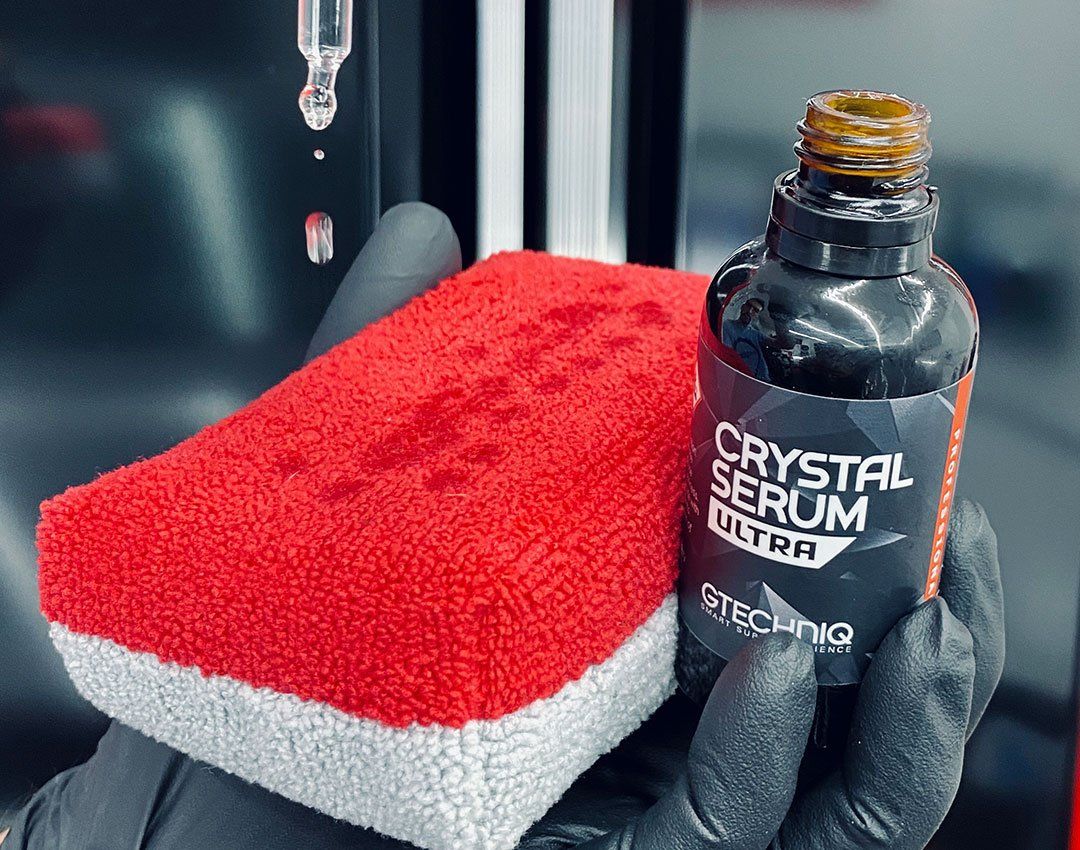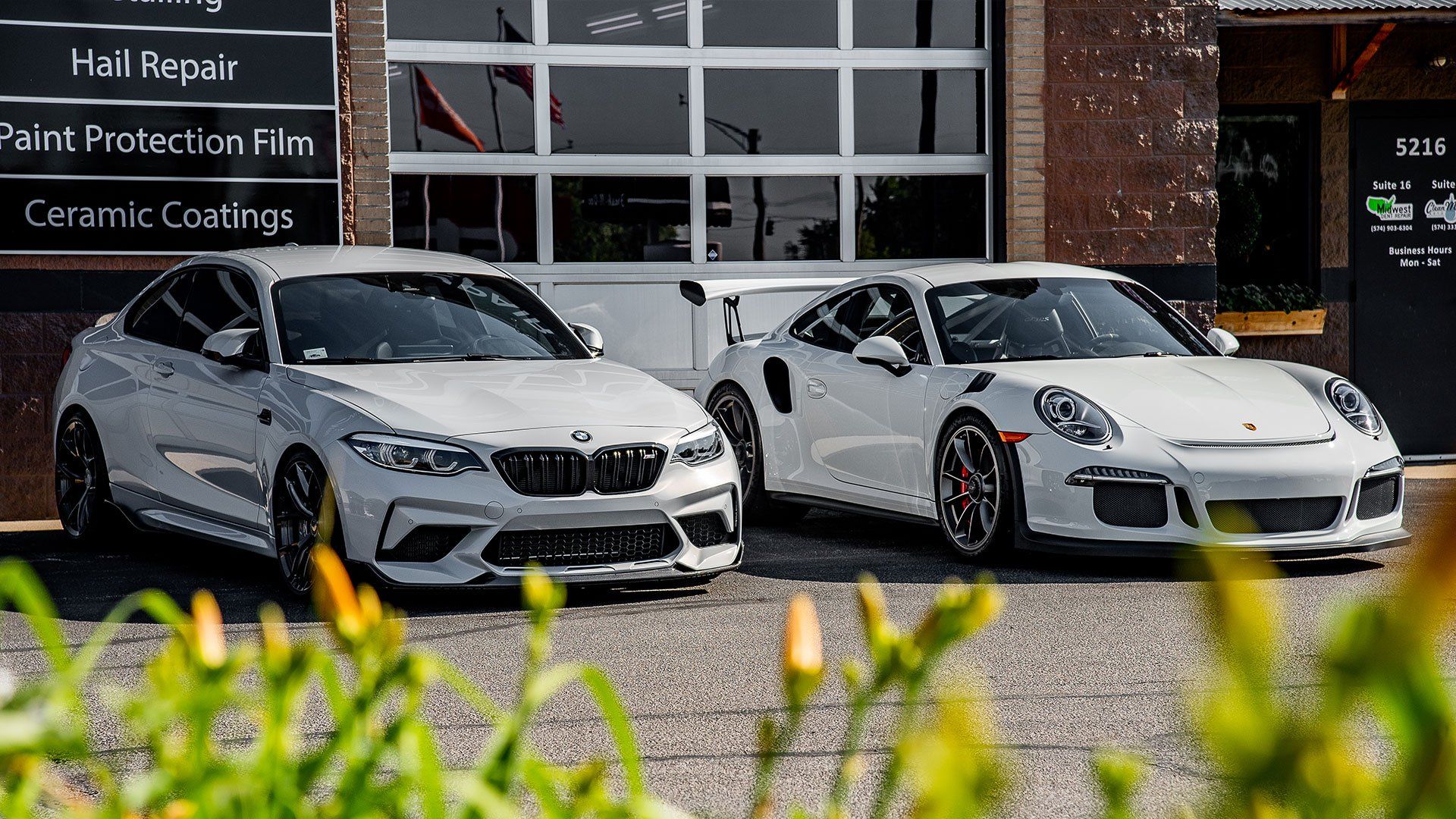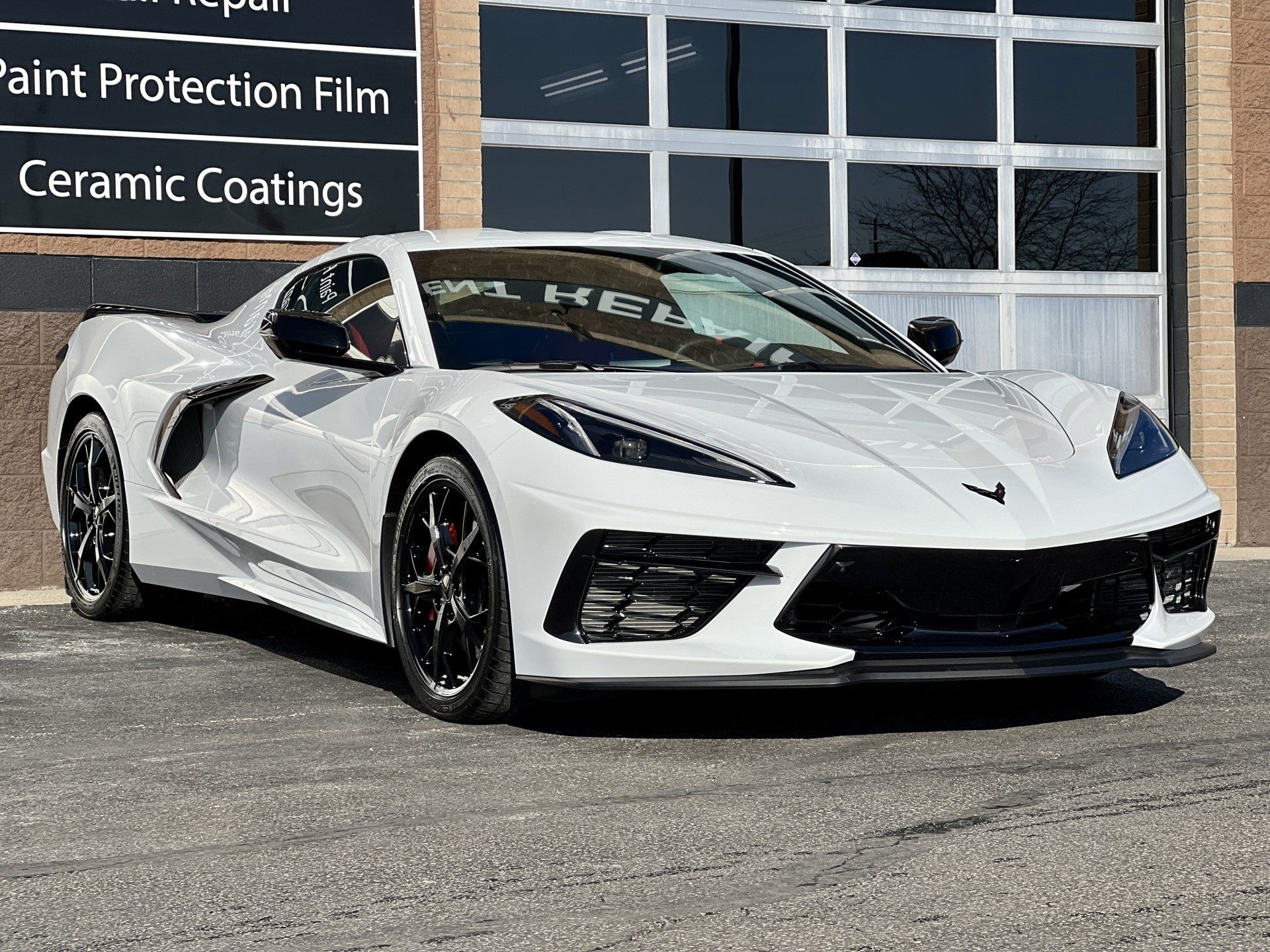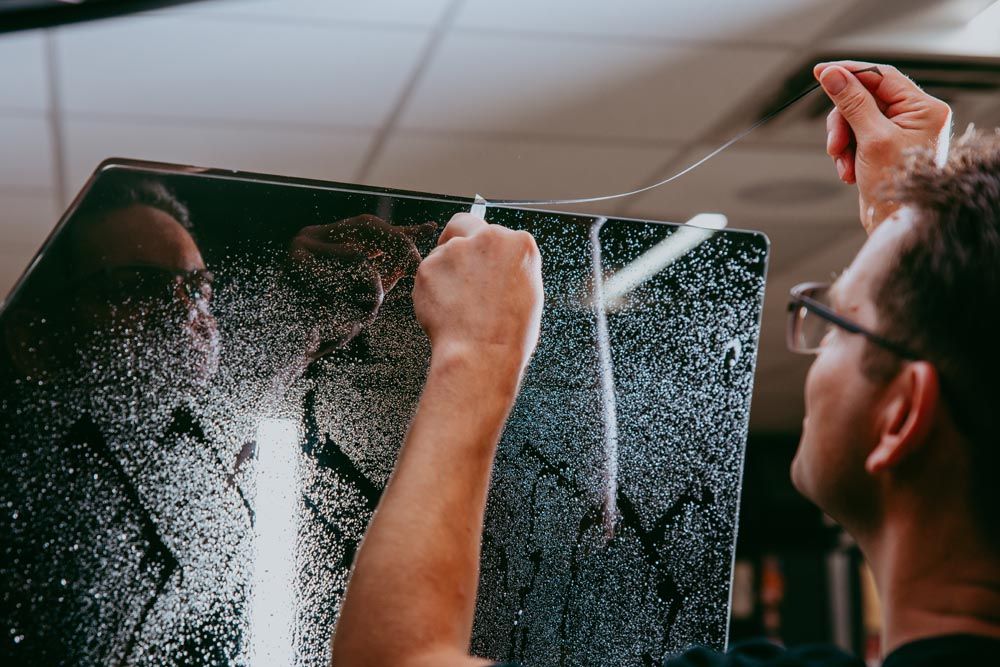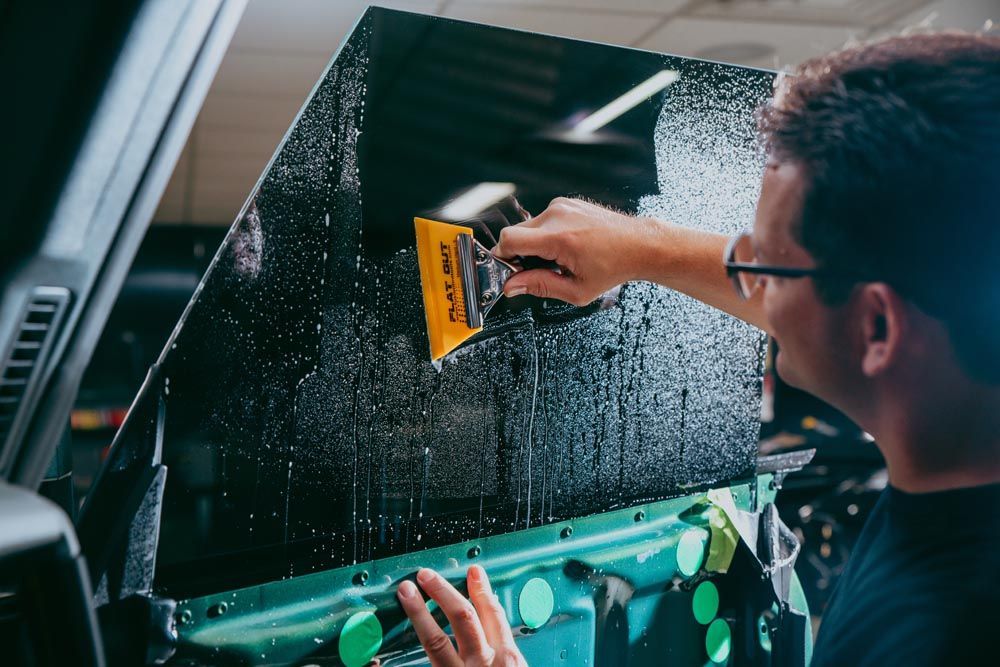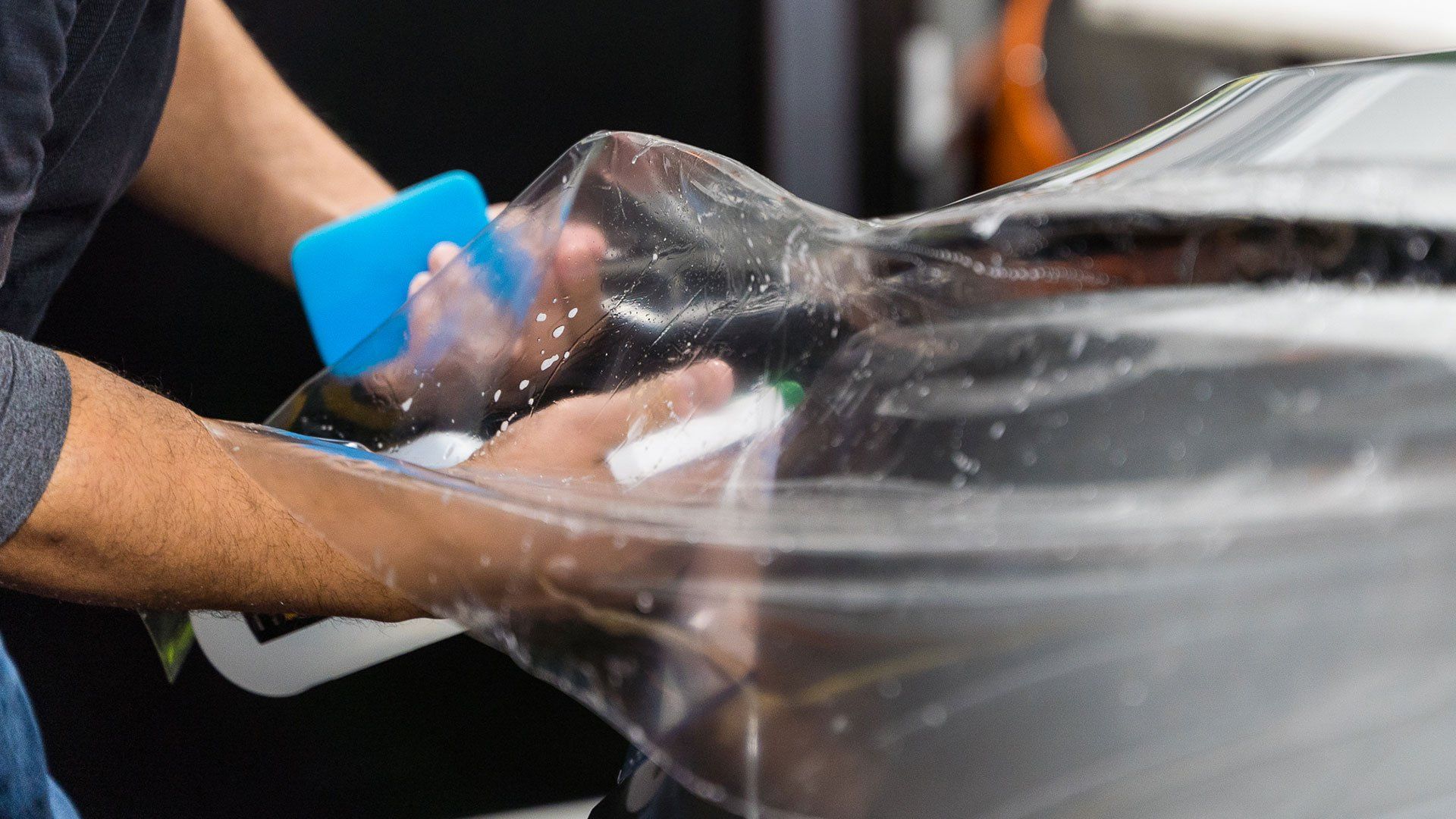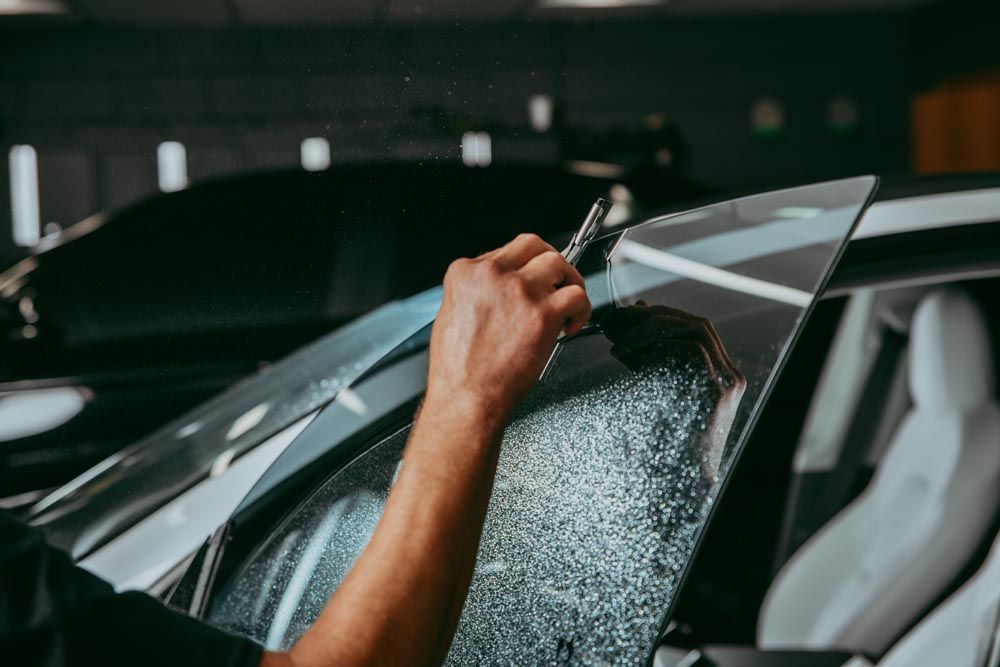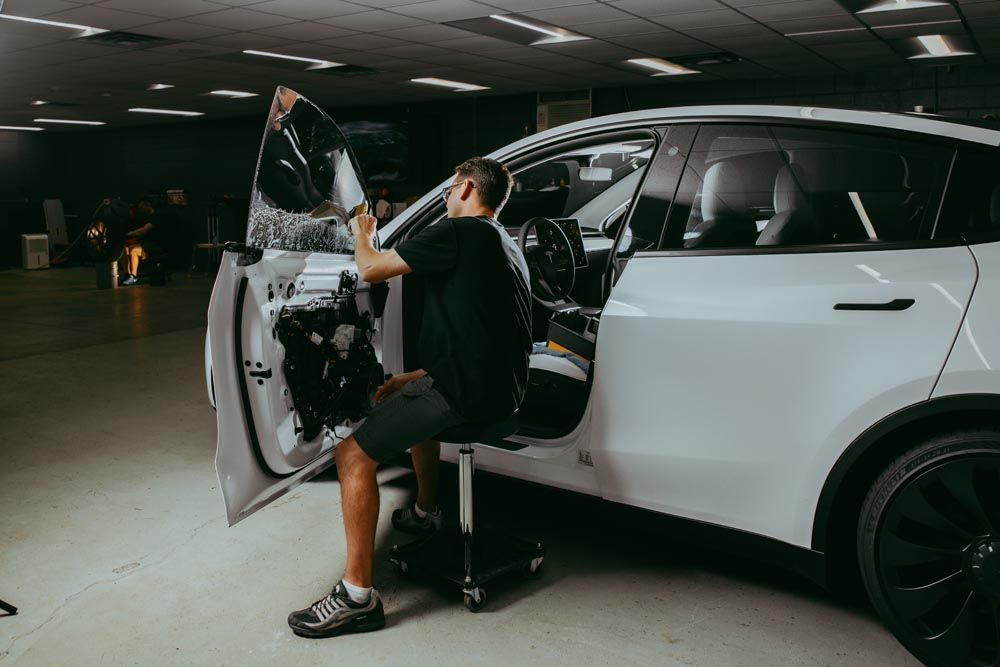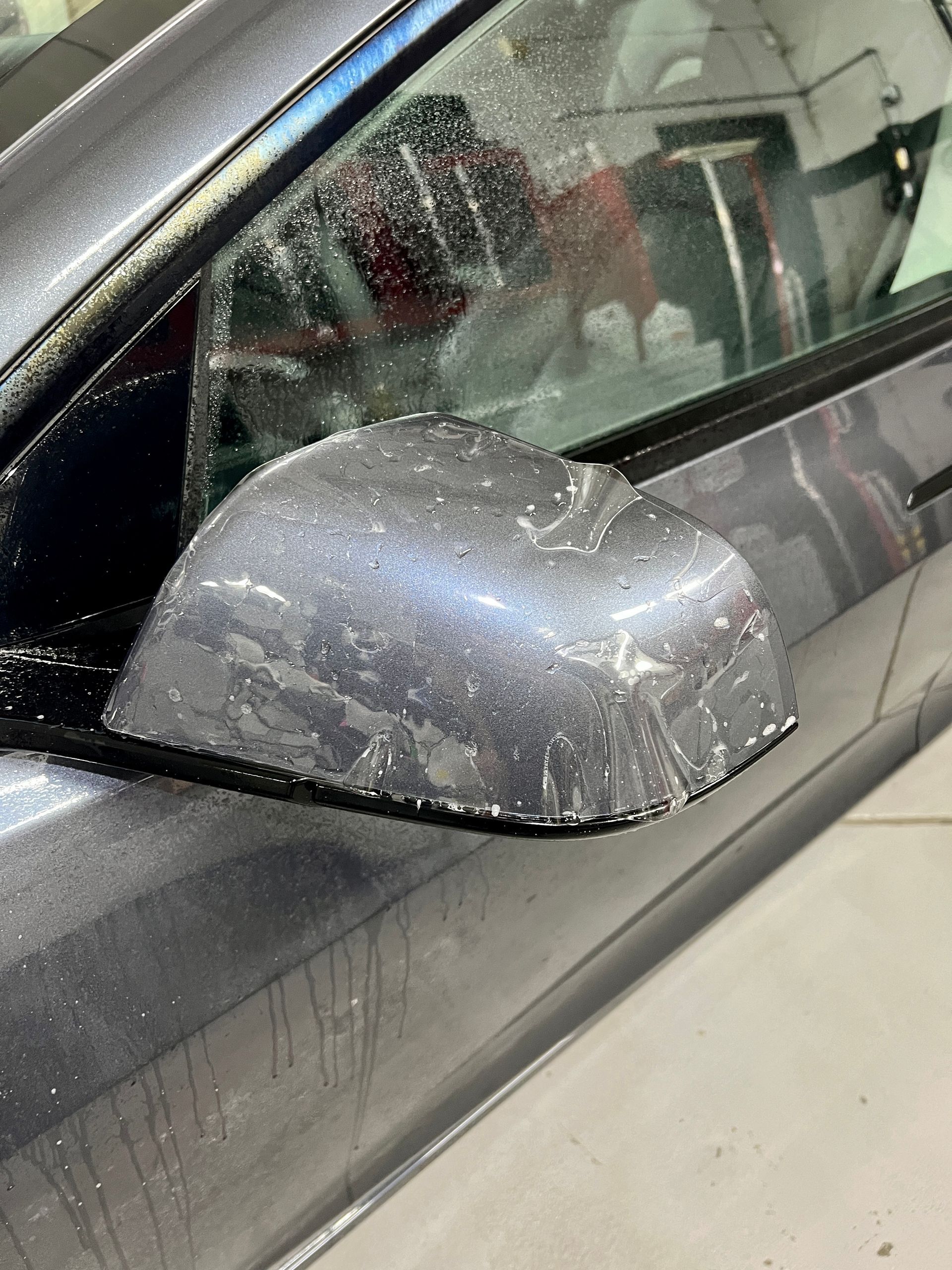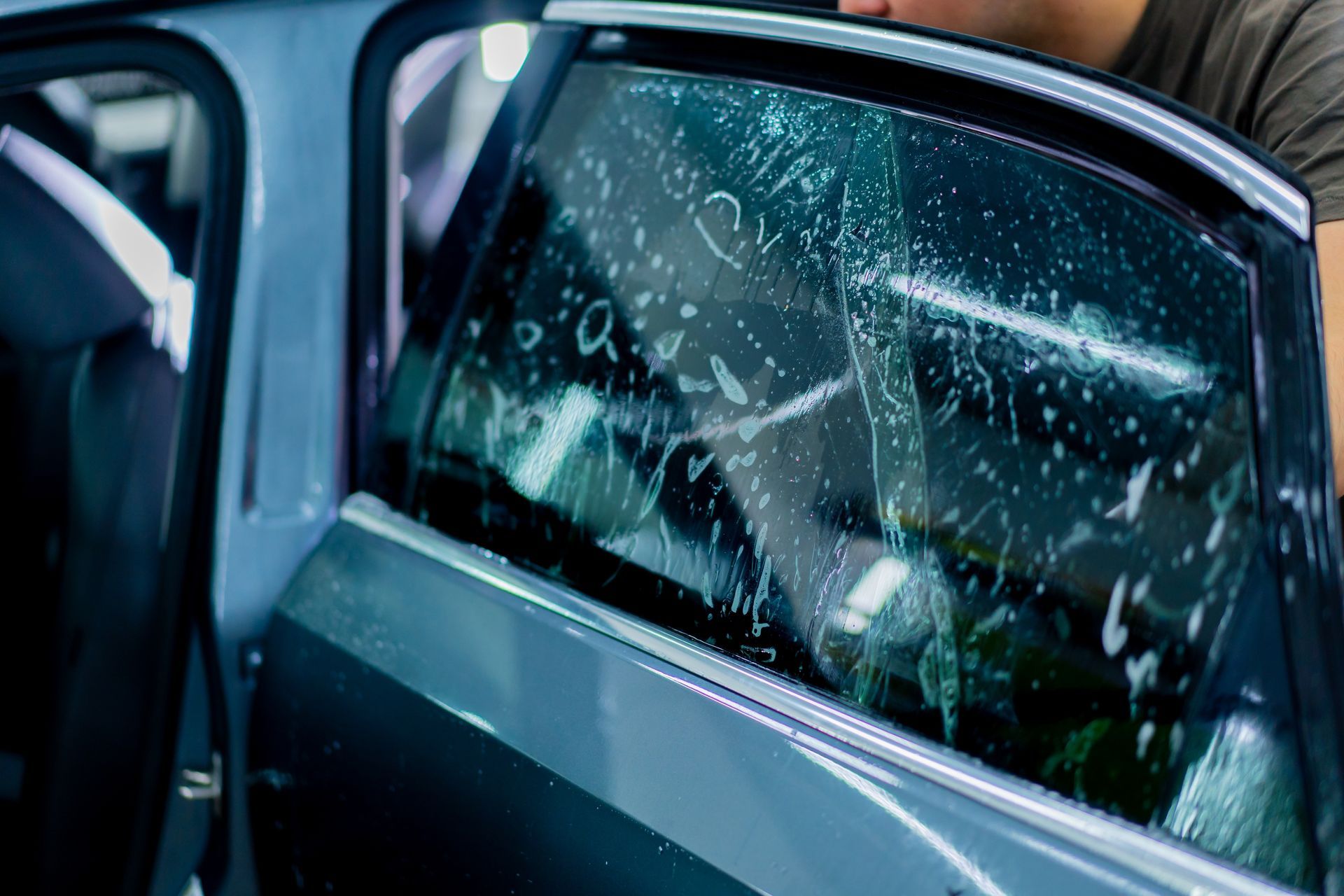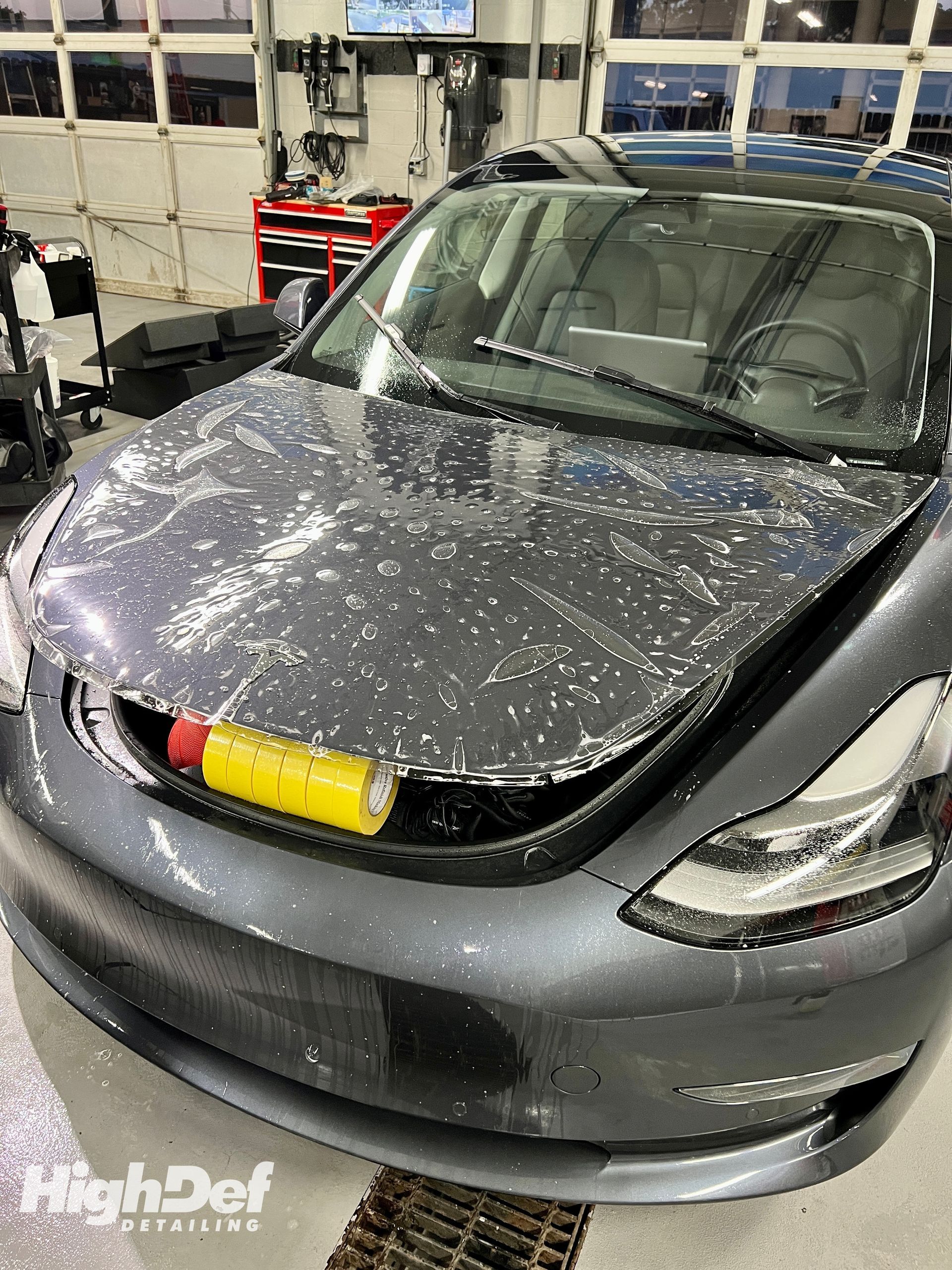Professional Ceramic Coating vs. DIY: Benefits of Choosing Quality Services
You may be unsure whether to protect your vehicle's paint yourself or by hiring a professional. While DIY ceramic coating kits promise a cost-effective solution, they often come with hidden challenges that can turn the process into a stressful experience. Imagine spending an afternoon meticulously applying a coating, only to end up with streaks and uneven coverage. On the flip side, professional ceramic coating services, though pricier, often deliver long-lasting results thanks to their expertise and high-quality materials. In this article, we'll explore the benefits of choosing professional ceramic coating over DIY kits to help you make an informed decision for your vehicle's protection.
Understanding Your Options
When considering ceramic coatings, you have two main paths: take the DIY route or hire a professional. Each approach carries its set of advantages and challenges that can significantly affect the outcome of your vehicle's protection. DIY kits typically range from $100 to $300, making them a budget-friendly choice for many enthusiasts. However, these savings come with important considerations. Proper application requires significant time and effort on your part. The process demands a keen eye for detail, and even minor mistakes during application can lead to unsightly results that diminish your vehicle's appearance rather than enhance it.
The DIY approach involves a steep learning curve. Success requires understanding not just how to apply the coating but also recognizing what goes into preparing your vehicle beforehand. This means investing time in washing, claying, and correcting the paint before any ceramic coating touches the surface. Without this foundation, even the best DIY kit won't deliver satisfactory results. Professional services typically range from $1,000 to $5,000, depending on service levels and vehicle size. While this investment represents a larger upfront investment, professionals leverage high-grade materials and extensive experience in surface preparation and application techniques. They often achieve a finish that performs better against wear and tear compared to many consumer-grade products. Professional services usually include multi-layer applications, which dramatically increase durability compared to single-layer applications typical of DIY kits.
The Value of Professional Expertise
One key advantage of hiring a professional for ceramic coating applications is their extensive training and experience. Many detailers undergo rigorous programs to develop the right skills and knowledge required for optimal results. They master proper cleaning methods, paint correction techniques, and application procedures that contribute to a finish that not only looks excellent but also lasts longer.
Skilled professionals understand the nuances of ceramic coatings, including the essential preparation needed to maximize durability and effectiveness. While hobbyists might rush through preliminary steps, professionals know that taking time to thoroughly prepare a surface is vital. It's similar to baking a cake; if you don't mix your ingredients thoroughly before pouring them into the pan, chances are it won't rise evenly. This careful attention to detail makes all the difference in creating a durable barrier between your vehicle's finish and external elements. Professionals also bring years of experience handling various vehicle types and paint conditions. They can identify and address specific issues that might go unnoticed by someone without their training. This expertise ensures your vehicle receives customized care based on its unique needs, resulting in superior protection and aesthetic appeal.
Application Methods Matter
The application process differs significantly between DIY and professional approaches. The DIY process begins with thoroughly washing and drying your vehicle. Using a pH-neutral soap ensures you don't leave behind residues that might hinder the coating's bonding. Next comes decontamination using a clay bar, which effectively removes stubborn particles like tree sap or industrial fallout that simple washing can't eliminate. During DIY application, working in small sections ensures even coverage. After applying the coating, allowing a proper cure time enables the ceramic particles to bond properly with the surface. Finally, buffing off excess product with a clean microfiber towel enhances shine while avoiding streaks or hazing. Each of these steps requires precision—hasty work often leads to imperfections that mar an otherwise perfect finish.
Professional processes go far beyond basic preparation. Detailers begin by thoroughly cleaning your car to prepare every inch for the best bonding. They incorporate techniques like multi-stage paint correction that meticulously address paint flaws invisible to the untrained eye. Many professionals employ specialized tools such as infrared curing lamps during application. These tools help achieve optimal bonding under controlled temperatures and lighting conditions while significantly speeding up curing time compared to standard methods.
Material and Equipment Quality
Professional-grade coatings are engineered to provide maximum performance and durability. They often utilize higher concentrations of key ingredients compared to off-the-shelf DIY kits. For instance, while many retail products feature between 50% and 70% silica dioxide, professional coatings can contain well over 85%. This elevated SiO₂ content translates into increased hardness and superior hydrophobic properties—attributes ensuring vehicles repel water and contaminants more effectively.
Think of silicon dioxide as the backbone of any ceramic coating. It provides that glistening shine and tough armor for your vehicle. Higher concentration means a more resilient barrier against environmental factors such as UV rays, acid rain, bird droppings, and tree sap that can wear down traditional coatings over time. Professional products are made to provide long-lasting protection, making surfaces water-resistant, lasting three to five years or more, and forming stronger bonds to better resist harsh chemicals. Professionals also utilize specialized equipment designed to apply high-quality materials evenly and thoroughly. Top-notch tools ensure the coating reaches every surface area of your vehicle. By using the right temperatures and humidity when applying the coating, professionals create the best conditions for it to stick well and dry properly, which are important for how long the coating lasts.
Long-Term Value and Protection
The longevity of ceramic coatings intertwines quality, application methods, materials used, and ongoing maintenance. When you invest in professional-grade ceramic coating, you're engaging with a process offering durability far beyond DIY options. Professionally applied ceramic coatings typically endure for two to five years, often surpassing the five-year mark with meticulous application. Several factors contribute to this impressive longevity. Thorough surface preparation ensures the coating adheres effectively, as contaminants like dirt or old wax can hinder adhesion and shorten the coating's life. The quality of the coating product itself matters significantly—higher silica content typically means a more enduring and robust layer protecting your paintwork. Skilled application techniques ensure even coverage and proper attention to each section, following manufacturer guidelines for layering and curing times to optimize performance. Professional coatings can maintain peak performance for up to five years, significantly outlasting most DIY solutions that typically last only six months to a year. This difference makes investing in quality professional services clear—you aren't just paying for shine but for peace of mind over time.
Making the Right Investment
While the initial cost of professional ceramic coating services may seem substantial, it's important to consider the comprehensive value they provide. Professional service isn't merely about applying a layer of coating; it encompasses an extensive preparation process beginning long before application. This includes thorough decontamination and paint correction—meticulous efforts ensuring your vehicle's surface is perfectly prepped for optimal adhesion and durability.
Professional services typically include comprehensive warranties lasting two to five years. You're not just paying for labor but investing in peace of mind, knowing the work is performed by skilled professionals who have honed their craft in controlled environments. This warranty coverage provides added security, covering defects in application and guaranteeing protection against environmental damage—something rarely available with DIY kits. Consider the long-term perspective: while DIY options may appear significantly cheaper initially, the additional tools and supplies required can add substantial costs. Factor in potential mishaps, the need for reapplication, and the time investment, and the gap between DIY and professional costs narrows considerably.
Choosing between DIY and professional ceramic coating ultimately depends on your priorities, budget, and expectations. However, for those who value their vehicle as an investment, professional services offer compelling advantages. The combination of expertise, high-quality materials, proper equipment, and warranty protection creates a package that delivers superior results and long-term value. Professional ceramic coating isn't just about achieving a stunning finish—it's about providing your vehicle with the best possible defense against environmental elements while maintaining its aesthetic appeal for years to come. The expertise, attention to detail, and quality assurance that professionals bring to the table make them the logical choice for anyone serious about protecting their automotive investment. When you choose professional ceramic coating services, you're not just getting a protective layer; you're investing in years of worry-free protection, a stunning appearance, and the confidence that comes from knowing your vehicle has received the best possible care.
Top Ceramic Coating Services in Elkhart, IN
Give your vehicle lasting beauty and defense with High-Def Detailing’s
professional ceramic coating services
in Elkhart, IN. Our advanced coatings create a durable, hydrophobic layer that enhances gloss, repels contaminants, and makes maintenance effortless. Each application is precision-performed by skilled technicians to ensure a flawless, long-lasting finish that protects against the elements year-round. Keep your vehicle shining brighter and cleaner for longer—schedule your ceramic coating service with High-Def Detailing today!

